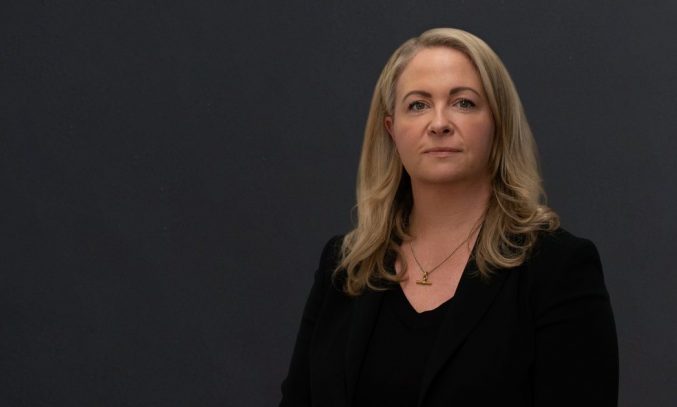Value of the private rented sector grows to £1.4trn
By Bridging Loan Directory

The value of the Private Rented Sector (PRS) in England, Wales and Scotland grew by 5.8% to £1.4trn in the last year according to a new report, The Changing Face of Buy-to-Let from Shawbrook Bank.
Since the first national lockdown, house prices have rebounded at pace. March 2021 saw house price growth of 9.9% year on year, as the Stamp Duty holiday boosted confidence and demand. Buy-to-let properties have also seen marked price increases, with the value of the average buy-to let property across the UK rising by 5.6% to December 2020 to approximately £258,900.
The past eighteen months have been a period of substantial consequence for the PRS, which had already been impacted in recent years by taxation and regulatory changes.
Some landlords chose to leave the market and the PRS actually contracted in size over the last year.
Separately, many tenants made a change, opting to return to their family homes during the pandemic, to leave cities in search of more space, or to make the most of the Stamp Duty holiday and become homeowners themselves.
This reduction in the size of the PRS therefore isn’t surprising after the last year. The outlook however points to growth.
Demand from tenants has been growing. In total, 42% of landlords report that they have seen demand increase for their properties in the past 12 months.
In addition, two thirds (67%) of landlords said that they were confident about the future of the property market over the next twelve months, with a third (34%) of all landlords planning to buy a property in the coming year.
As house prices continue to grow, an increasing number of people are renting for longer. Half (49%) of renters say they expect to be renting for the rest of their life.
Affordability is one reason behind these figures. However, a growing number are also choosing to stay renting. More flexible lifestyles have led to some looking for the same from their property.
In total, 10% said they prefer the reduced responsibility of renting, while a further 7% said that renting allowed them to live in a better location than if they bought.
When asked why they were confident about the future of the property market, landlords pointed to house price growth (41%), an increase in demand from tenants (41%), the general strength of the economy (33%), and the increased rental yields currently available (26%).
For landlords looking to buy over the next year, to capitalise on the increase in tenant demand, and current low mortgage rates, Shawbrook’s research reveals the regions where high rental yields can be achieved.
The highest rental yields can be found in the North West (5.5%), Yorkshire and the Humber (5.4%) and Scotland (5.8%).
In comparison, while London may generate the highest rents, yields for London buy-to-let properties are currently amongst the lowest at 3.9%, below the UK average of 4.3%.
John Eastgate, MD, Property Finance at Shawbrook Bank, comments:
“Against the backdrop of the pandemic, the PRS has once again shown its strength and the important role it plays.
Landlords are looking to expand their portfolios due to a combination of rising house prices, attractive yields and growing demand from tenants.
Borrowing to help fund this expansion is an attractive option, with landlords presented with great choice and historically low mortgage costs.
While more first-time buyers have stepped onto the property ladder in the last year, the reality is that rising house prices mean more will continue to be locked out of home-ownership.
This, coupled with disruption to employment and lagging wage inflation, will make it difficult for some to buy their own home.
In addition, with more choosing to rent for the flexibility and freedom it offers, there is a clear need for professional landlords who can offer high quality accommodation.”










You must be logged in to post a comment.